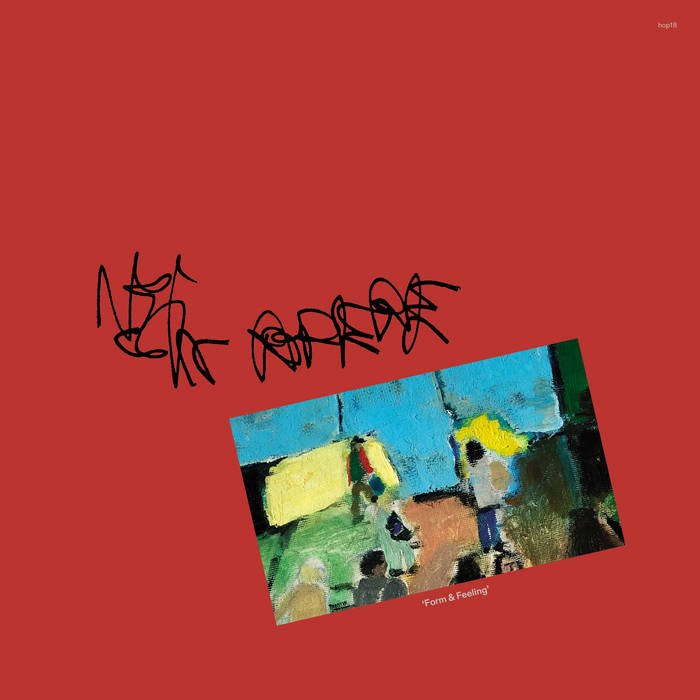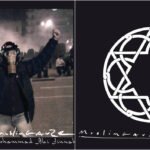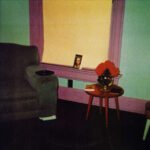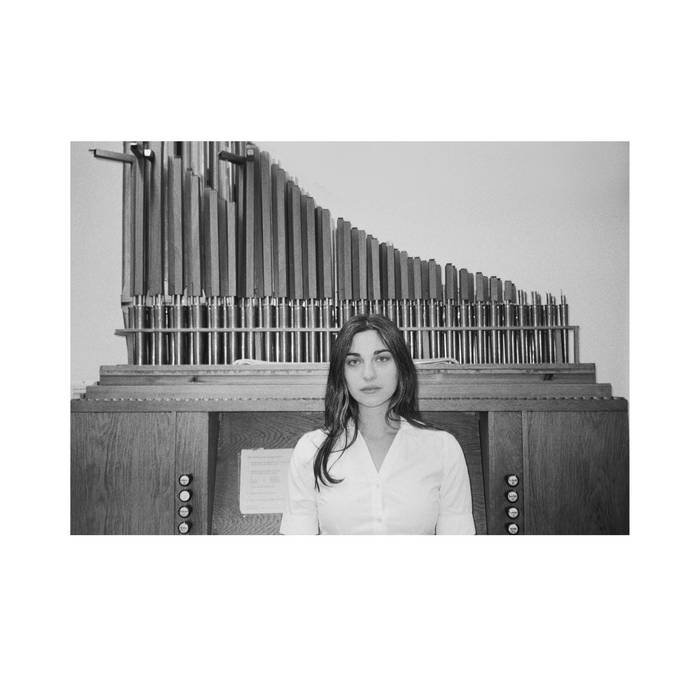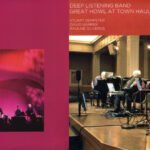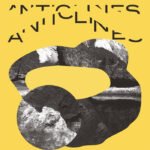Nein Rodere, “Form & Feeling” (Horn of Plenty, 2023)
This wonderfully unique and unsettling album is the work of Berlin-based artist David Roeder, who apparently has a background in both painting and psychodynamic art therapy. The latter adds quite an interesting facet to Roeder’s vision, as much of Form & Feeling sounds like Jandek set out to make an eclectic lo-fi pop album and fucking nailed it. That said, Roeder thankfully has more wide-ranging taste than Jandek, as well as a self-aware & jet black sense of humor. Roeder also seems a bit more inclined to tune his guitar, but he does share The Representative From Corwood’s “late-night dirges recorded in a lonely room on a boombox” production aesthetic some of the time. Early Smog is yet another solid reference point.
At the time of its release, Form & Feeling was billed as Nein Rodere’s first album of entirely new material, as his previous Horn of Plenty LP (Catch up with What Party +) was a mixture of new pieces and reworked older material from self-released tapes. Incidentally, Roeder was also previously in a Scottish band called Mordwaffe, which is noteworthy because two of his bandmates later went on to form the similarly great and deeply weird lo-fi project Guests. One other bit of interesting trivia is that Mordwaffe were based in Glasgow, as my favorite song on this album (or any other Nein Rodere release) seems to be inspired by the Bristletown neighborhood in a completely different Glasgow (the one in Kentucky).
The aforementioned “Bristletown(I-II)” is an especially haunting example of the Nein Rodere vision, as a wobbly and warped tape drone gives way to an insistently repeating motif of strummed minor key chords and Roeder’s creepily deadpan surrealist narrative (“it’s heaven and hell…it’s nothing much”). Much of the narrative is just a matter-of-fact recounting of everything in the town (two corner shops, a traffic light, etc), but the overall effect is akin to that of a deeply unsettling Thomas Ligotti or Alisdair Gray story come to life.
Elsewhere, the German-language “Herzogstatt” is another dark masterpiece, as Roeder’s morbid musings unfold over a cool squelching and hissing rhythm enlivened by a melodic bass line and arhythmic “percussion” that sounds like the clattering of a restaurant kitchen. The actual source of the clattering remains a mystery, but the “mundanity of everyday encounters” is one of the primary inspirations behind the collaged non-musical sounds that regularly creep into these songs (coughing, train announcements, etc.).
Roeder is truly a goddamn master at conjuring bad vibes from the starkest of palettes, but not every song is quite as bleak as “Bristletown(I-II),” thankfully. He is also quite an unusual and eclectic composer, so the album is filled with strange and unexpected surprises and flourishes of legitimately pleasant musicality (the sensuously jazzy chords in “ADATWC,” the hip-hop sample giving way to harmonium drones in “&,” the would-be smoldering groove of “Feeling Form,” the female vocal harmonies in the Novy Svet-esque pop of “Ryukku Sakku,” etc.). Those more musical moments are certainly still unsettling, bloodless, and mumbled, but their casual competence and/or legitimate hookiness makes for a fascinating collision with other moments where it sounds like Roeder is indifferently trying to remember chord fingerings or has abruptly lost in interest in whatever it was he was doing.
Unsurprisingly, some songs are much more substantial than others and there are a number of mystifying pieces strewn throughout the album (the spacey chopped-up choral interlude of “Form,” the subway platform saxophone of “Friemod”), but those seemingly disjointed and random moments form a unique and fascinating mosaic as a whole. Therein lies the genius of Nein Rodere, as Form & Feeling is less of a collection of songs than it is a raw, honest, and diaristic collage in which Roeder’s inner thoughts and the sounds and people in his daily life bleed together into hallucinatory psychogeographic sound art.
Listen here.

